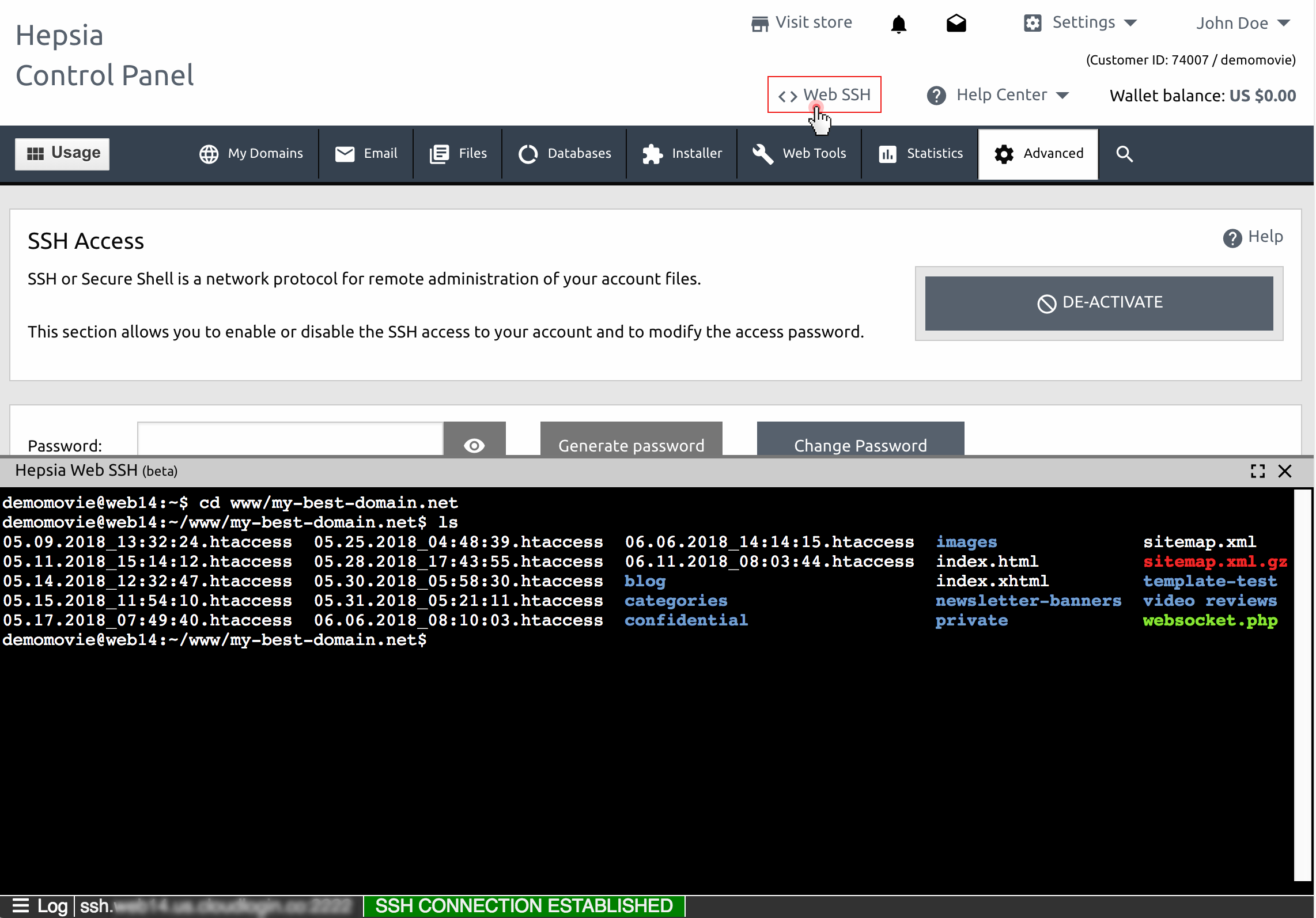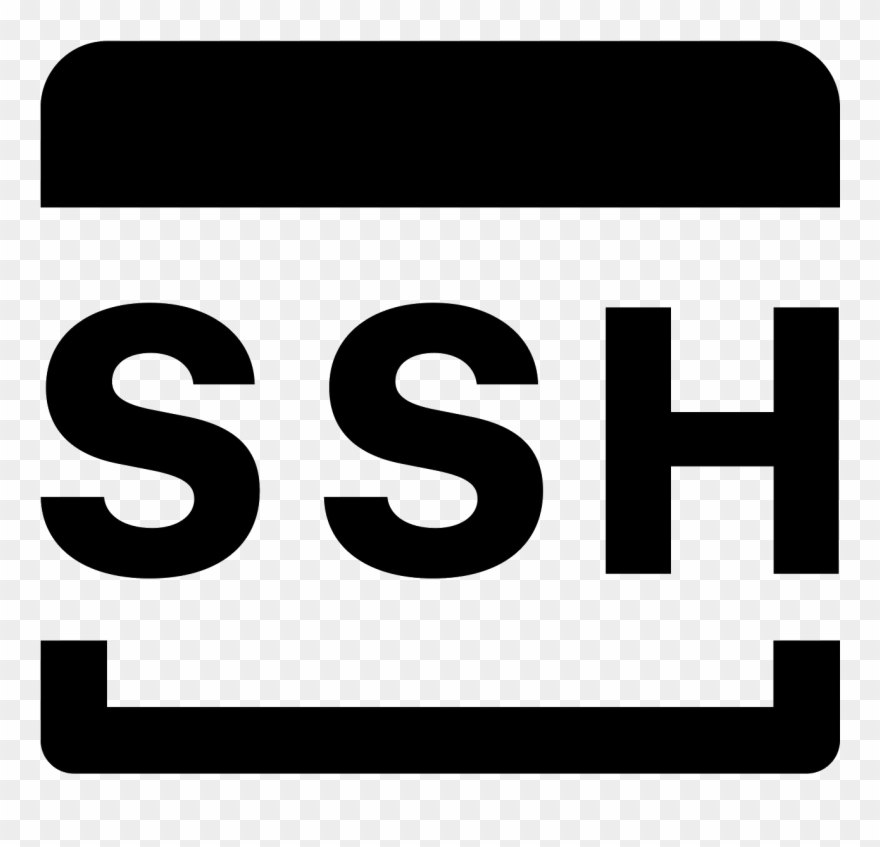RemoteIoT web SSH free services have become increasingly popular among professionals and hobbyists alike who need secure and reliable access to remote servers without the hassle of traditional SSH clients. Whether you're a developer, system administrator, or simply someone looking to manage your devices remotely, this article will provide you with all the necessary information to get started.
In today's digital age, remote access to servers and devices is essential for efficiency and flexibility. The ability to manage systems from anywhere in the world has transformed how businesses operate and how individuals work. RemoteIoT web SSH free solutions offer a convenient way to achieve this without incurring significant costs.
Through this guide, we will explore what RemoteIoT web SSH free services are, how they work, their benefits, potential drawbacks, and the best practices for using them. By the end of this article, you'll have a thorough understanding of how to leverage these tools effectively and securely.
Read also:Bryton Myler Family A Deep Dive Into His Life Career And Family Background
Table of Contents
- What is RemoteIoT Web SSH?
- Benefits of Using RemoteIoT Web SSH
- How Does RemoteIoT Web SSH Work?
- Free RemoteIoT Web SSH Options
- Security Considerations
- Best Practices for Using RemoteIoT Web SSH
- Comparison with Traditional SSH
- Tools and Services for RemoteIoT Web SSH
- Troubleshooting Common Issues
- The Future of RemoteIoT Web SSH
What is RemoteIoT Web SSH?
RemoteIoT web SSH refers to a web-based Secure Shell (SSH) service designed for managing remote devices and servers over the internet. Unlike traditional SSH clients, which require installation on your local machine, web-based SSH solutions allow you to access remote systems directly through a web browser. This eliminates the need for additional software and simplifies the process of remote management.
Key Features of RemoteIoT Web SSH
Here are some of the key features that make RemoteIoT web SSH an attractive option:
- Platform Independence: Access your devices from any device with a web browser, whether it's a desktop, laptop, tablet, or smartphone.
- Easy Setup: No need to install or configure complex software; simply log in through a web interface.
- Secure Connections: Utilizes encryption protocols to ensure data transmitted between your device and the remote server remains secure.
Benefits of Using RemoteIoT Web SSH
There are numerous advantages to using RemoteIoT web SSH, especially when it comes to convenience, cost-effectiveness, and security. Below are some of the most significant benefits:
1. Cost-Effective
One of the primary reasons people opt for RemoteIoT web SSH free services is the lack of upfront costs. Many providers offer basic plans at no charge, making it accessible to individuals and small businesses alike.
2. Accessibility
With web-based SSH, you can manage your servers and devices from anywhere in the world as long as you have an internet connection. This flexibility is invaluable for remote workers and global teams.
3. Security
Web SSH services often incorporate advanced security measures, such as two-factor authentication and end-to-end encryption, ensuring that your data remains protected.
Read also:Peter Townshend The Musical Genius Behind The Who
How Does RemoteIoT Web SSH Work?
RemoteIoT web SSH operates by establishing a secure connection between your browser and the remote server using the SSH protocol. The process involves several steps:
- Authentication: You log in to the web-based SSH interface using your credentials.
- Connection Establishment: The service sets up an encrypted tunnel between your browser and the target server.
- Command Execution: Once connected, you can execute commands and manage the remote system as if you were physically present.
This method ensures that all interactions between you and the server are secure and private.
Free RemoteIoT Web SSH Options
Several providers offer free RemoteIoT web SSH services with varying features and limitations. Some popular options include:
- Termius: A versatile SSH client that offers a free tier for basic usage.
- ShellHub: Provides a web-based SSH service specifically designed for IoT devices.
- WebSSH: A simple and lightweight solution for accessing remote servers via a web browser.
When choosing a free service, consider factors such as security features, ease of use, and support for multiple devices.
Security Considerations
While RemoteIoT web SSH offers many benefits, it's crucial to be aware of potential security risks. Here are some important considerations:
1. Use Strong Passwords
Ensure that your login credentials are strong and unique to prevent unauthorized access.
2. Enable Two-Factor Authentication
Two-factor authentication adds an extra layer of security by requiring a second form of verification in addition to your password.
3. Regularly Update Software
Keep your web SSH client and related software up to date to protect against vulnerabilities.
Best Practices for Using RemoteIoT Web SSH
To maximize the effectiveness and security of your RemoteIoT web SSH experience, follow these best practices:
- Always use a secure and private network when accessing sensitive systems.
- Limit access to only authorized users and devices.
- Regularly monitor logs for any suspicious activity.
Comparison with Traditional SSH
While web-based SSH offers many advantages, it's essential to understand how it compares to traditional SSH clients. Below is a comparison of key factors:
| Factor | Web SSH | Traditional SSH |
|---|---|---|
| Installation | None required | Software installation necessary |
| Compatibility | Works on all devices with a browser | May require specific operating systems |
| Security | Depends on provider | Highly configurable |
Tools and Services for RemoteIoT Web SSH
Several tools and services cater specifically to RemoteIoT web SSH users. These include:
1. ShellHub
ShellHub specializes in IoT device management and offers a robust web-based SSH solution.
2. WebSSH
WebSSH provides a straightforward interface for accessing remote servers without the need for additional software.
3. Termius
Termius is a versatile SSH client that supports both traditional and web-based SSH connections.
Troubleshooting Common Issues
Even with the best tools and practices, issues can arise. Here are some common problems and their solutions:
- Connection Errors: Ensure that your firewall settings allow SSH traffic and that the server is online.
- Login Failures: Double-check your credentials and verify that two-factor authentication is correctly configured.
- Performance Issues: Optimize your network connection and consider upgrading your service plan if necessary.
The Future of RemoteIoT Web SSH
As technology continues to evolve, so too will RemoteIoT web SSH services. Future developments may include enhanced security features, improved user interfaces, and greater integration with IoT devices. Staying informed about these advancements will help you make the most of these tools in the years to come.
Conclusion
RemoteIoT web SSH free services provide a convenient, cost-effective, and secure way to manage remote devices and servers. By understanding how they work, following best practices, and staying aware of potential security risks, you can leverage these tools to improve your productivity and efficiency.
We encourage you to share your thoughts and experiences in the comments below. Additionally, feel free to explore other articles on our site for more insights into technology and remote work solutions.
Data Sources: Termius, ShellHub, WebSSH.


